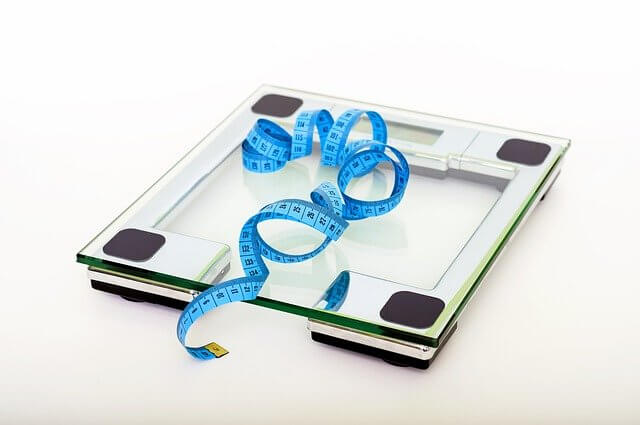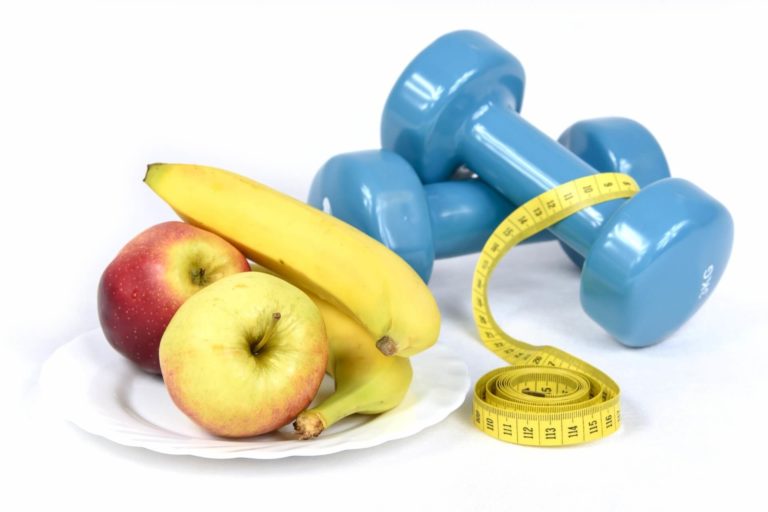Q&A: HOW TO LOSE WEIGHT FASTER, ONE MEAL A DAY OR ALTERNATE DAY FASTING?
WHAT CONSTITUTES AS CLEAN FAST?
Clean fast is a fast which is devoid of calories and anything that could even potentially raise insulin or disturb any other processes within the body. Clean fasting can include drinking water, tea, black coffee, salt or unsweetened unflavoured electrolytes.
Any calories, sweeteners, additional items are not part of the so called clean fasting.
Clean fasting should be a straightforward fast without any question marks or compromise.
HOW MANY MEALS SHOULD I EAT?
This is entirely up to you, there is no rule as to how many meals you should be eating unless you’re doing OMAD which stands for one meal a day (you eat 1 meal) or TMAD which stands for two meals a day (you eat 2 meals).
I personally have a small fast breaker meal (usually 2 eggs or a glass of kefir) then wait for my main meal, followed by a dessert, which can be a bowl of fruit or greek yogurt or ice cream. I eat within a 4 hour eating window.
What matters is the overall food intake and how long your eating window is. The shorter the eating window the longer the fast. You can follow a totally flexible routine.
HOW MUCH SHOULD I EAT WITH OMAD?
OMAD stands for one meal a day typically eaten within 60 minutes. OMAD should technically be just that, one meal. Saying so, the meal should be planned as to avoid any nutritional deficiencies. The meal might be bigger than your usual lunch or dinner would be but at the same time it should not combine calories of three daily meals plus snacks.
It is normal to want to eat more at the beginning, but overtime this should adjust and you become better at controlling your portions. You want to be losing weight steadily (if weight loss is your goal) but you also don’t want to feel ravenous during the fasting window. It will take some practice. I would also consider taking a multivitamin.
OMAD VS ADF? WHICH ONE IS BETTER FOR WEIGHT LOSS?
What type of fasting is better for weightloss largely depends on the individual, your starting point, your needs and what you are able to adhere to long term.
Omad means you are still going to eat daily so in a sense there’s room for error on a daily basis (by room for error I mean overeating, unless you also decide to count calories) whereas doing ADF (Alternate Day Fasting) means you go a whole day without eating, there’s no room for error on that day. However, ADF is much more difficult to maintain than OMAD.
To answer your question, ADF should theoretically be more effective for weight loss but it is open to interpretation.
I EAT CARBS. CAN I STILL GET INTO KETOSIS?
Yes, you can absolutely still reach ketosis when fasting even if you’re eating carbs in your eating window. It is going to take you longer than if you didn’t have any carbs. The more sugar/carbs you eat the longer it is going to take to start burning fat. Your body has to get through all the sugar supply and storage first, before it can switch to burning fat.
You can use ketone sticks which are inexpensive and designed to measure ketones in urine. It might take 30-48 hours of fasting to see any changes. You can use this measuring tool each time you do an extended fast to keep yourself accountable and to see how easy or difficult it is for you to see any measurable results in terms of ketones. This way you can also figure out what takes you out of the fasted state and what doesn’t.
I HIT A WEIGHT LOSS STALL? I already fast, count calories and exercise.
This is the most prevalent question and there really isn’t one straightforward answer. The body always adapts to changes, which is great for our survival but extremely frustrating when it comes to losing weight.
The science says alternating weeks of restricting with weeks of maintenance eating can in fact help you lose more weight than if you keep continuously restricting calories/food intake.
If you don’t want to alternate your routine on a weekly basis, try alternating your routine day by day. Eat more one day then less the following day, don’t allow your body to get comfortable with your routine, so to speak.
If you’ve been dieting for a long time you might just need to take a break, have a good refeed, help your body relax and to start trusting you again. Remember, our body doesn’t like losing weight it is a threatening state for its survival.
You can try a 36 hour fast or a modified version, this would get you into ketosis then follow it up by alternating your routine. Egg fast is commonly used by people trying to break a weight loss stall.
Make sure your bowel movements are regular, probiotic rich foods and an after-dinner walk could help. Sometimes constipation can be the reason we feel stuck, bloated and heavy.
YOUR FAT FAST SAYS LIQUIDS BUT CAN I EAT HIGH FAT FOODS INSTEAD? WHAT IS THE DIFFERENCE?
The form of fat is not what matters, the type of macronutrient is what matters.
Fat doesn’t have an effect on insulin unlike protein or carbohydrates. You can absolutely do a short term fat fast consuming foods high in fat. The issue with consuming high fat foods is that they also generally contain protein. It is very difficult for people to be able to consume pure fat. Imagine biting into a block of butter or having a spoonful of ghee. It is much easier to consume pure fat when diluted in a hot beverage such as tea or coffee. In fact, it makes it taste creamy and delicious. This way you are able to consume fat in its purest form, hit deep ketosis and feel satiated.
Fat fast is a short term challenge such as egg fast, it is not a diet or a way of eating. It could be used if you hit a weight loss stall, if you’re struggling to get into ketosis or if you want to fast longer and avoid hunger pangs.







